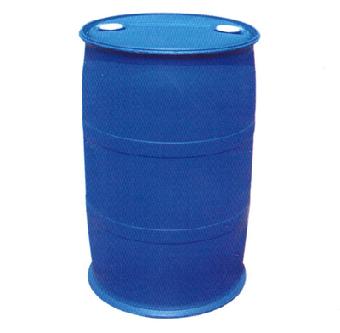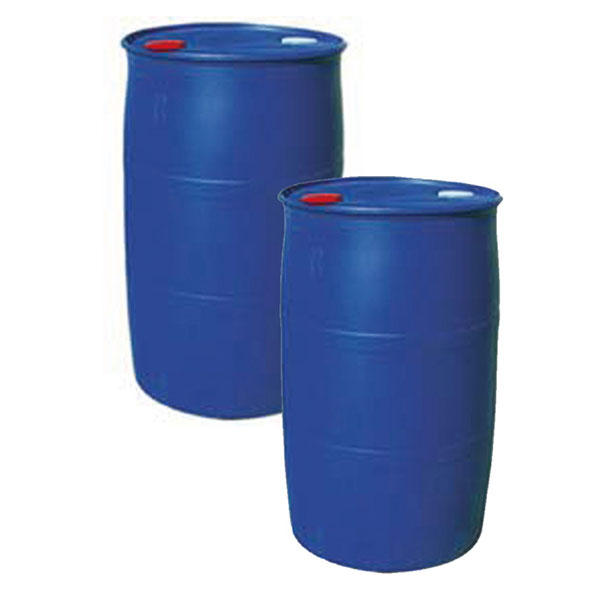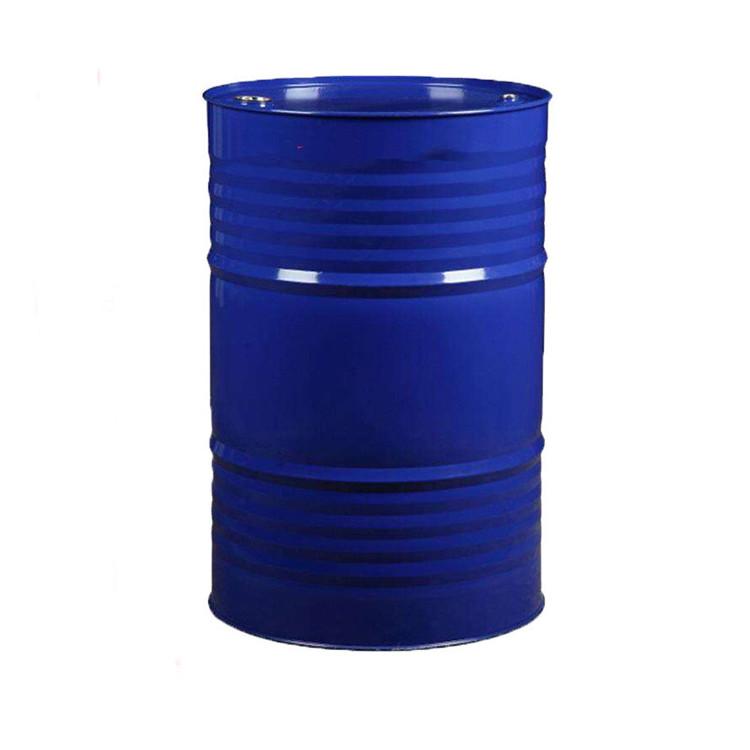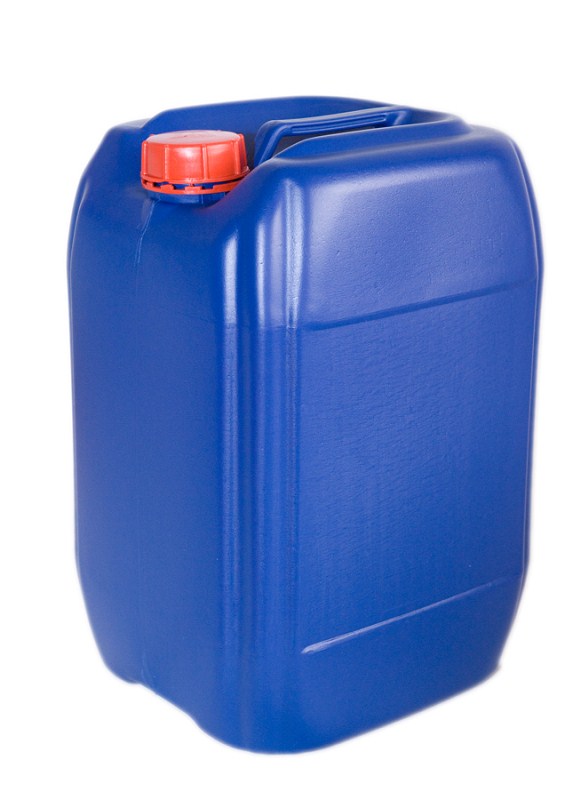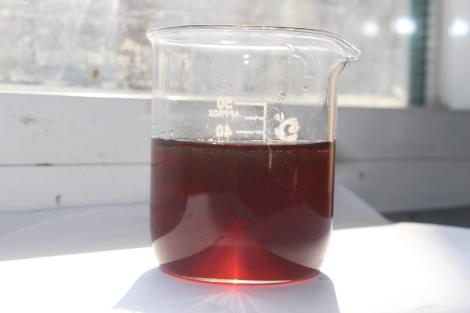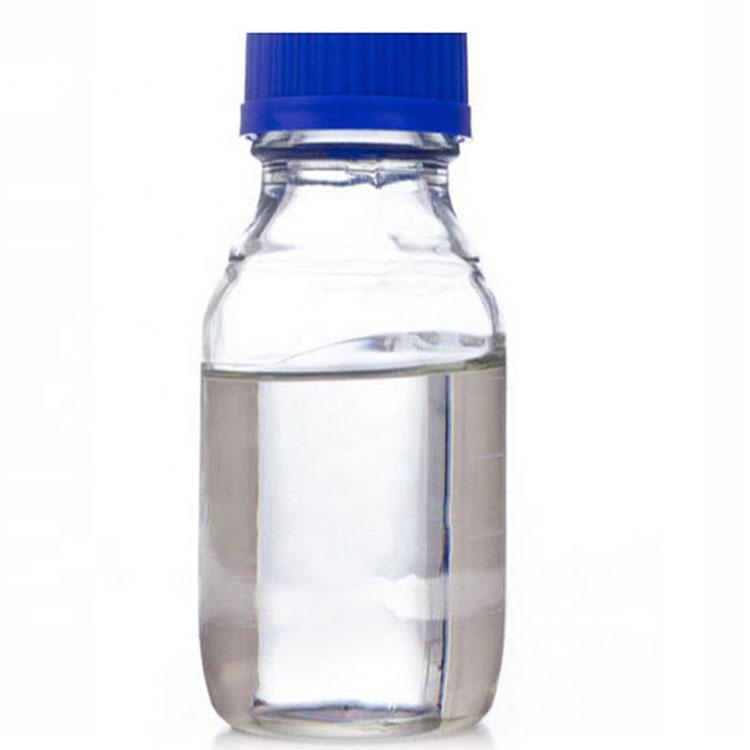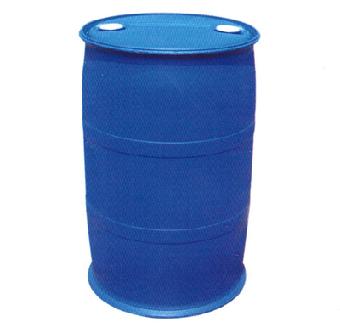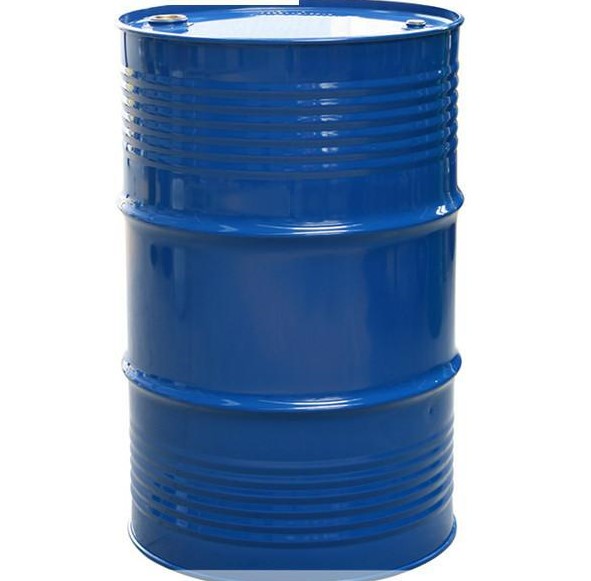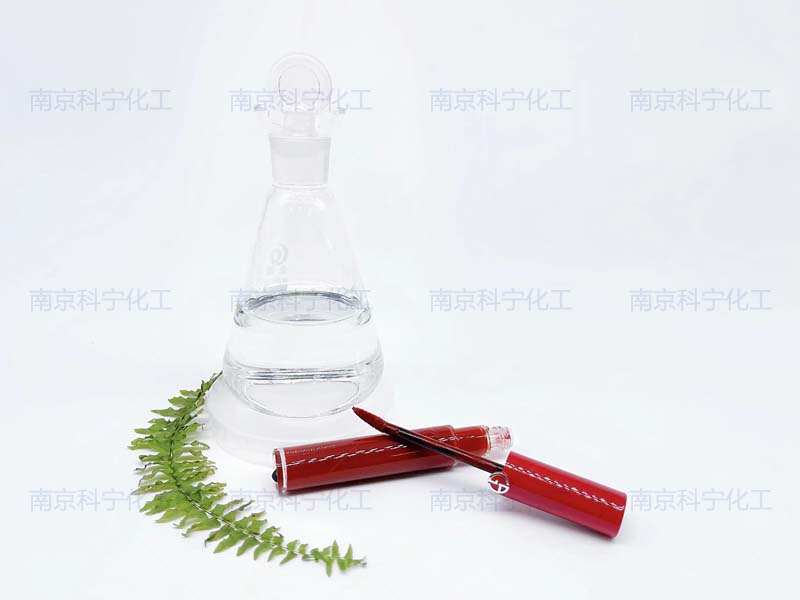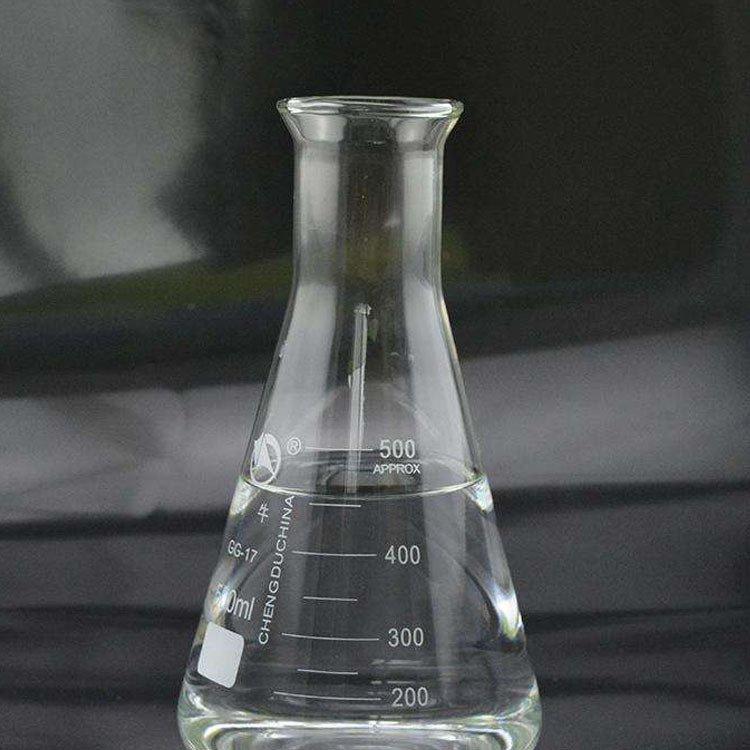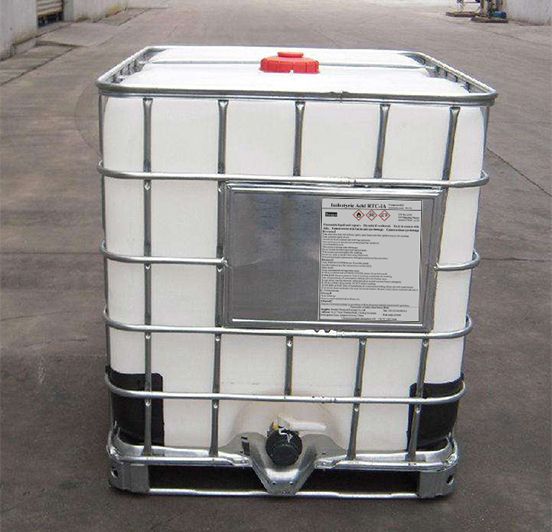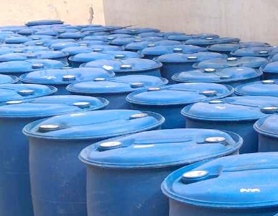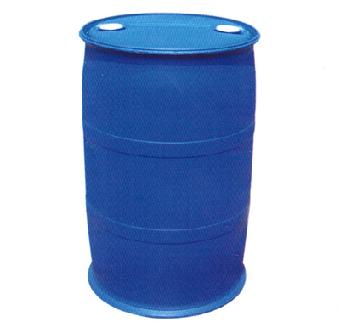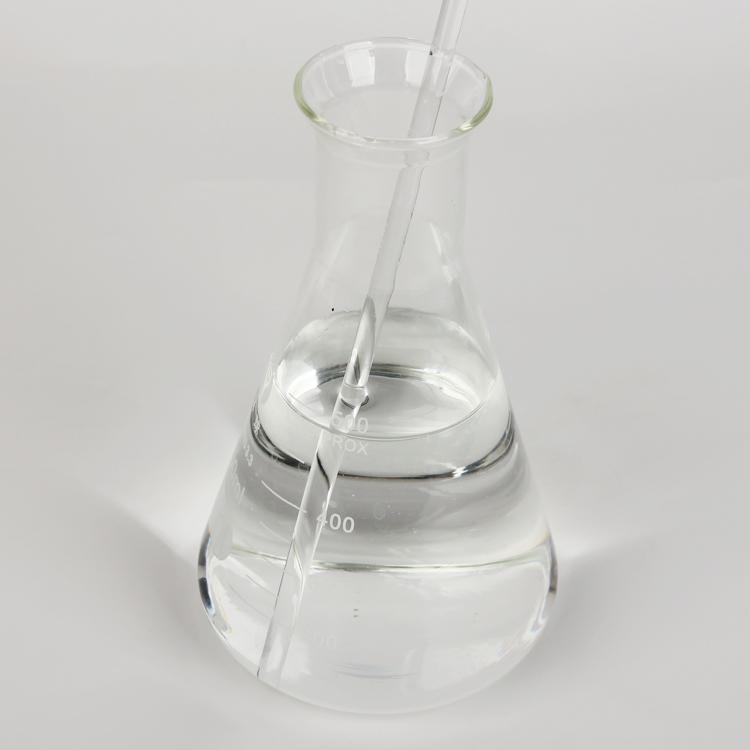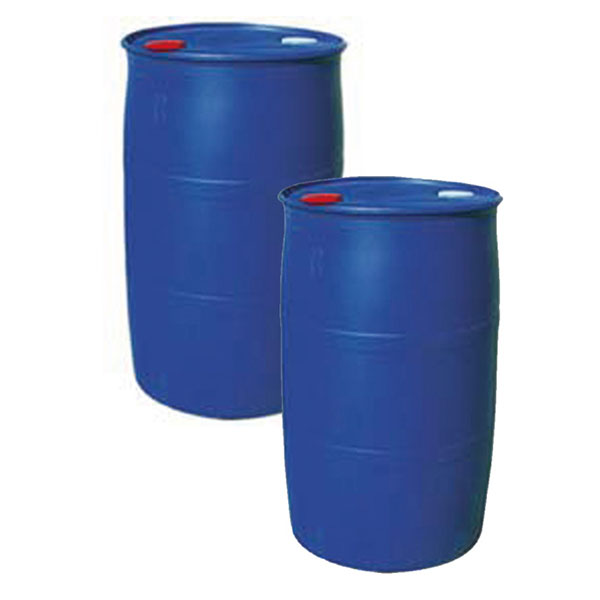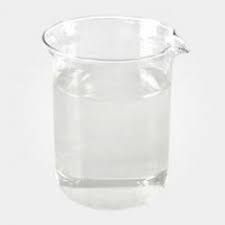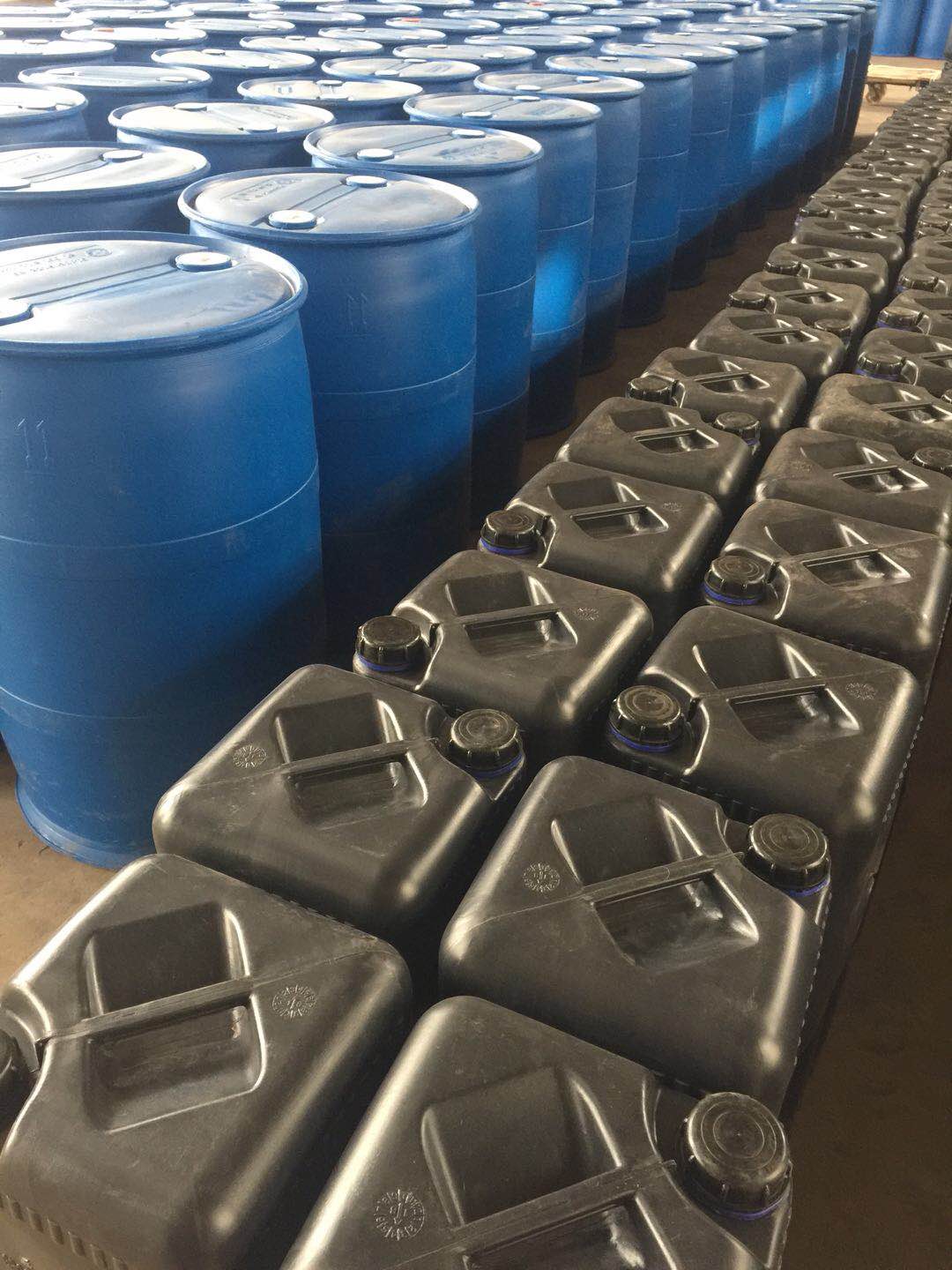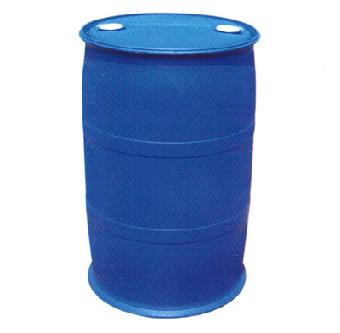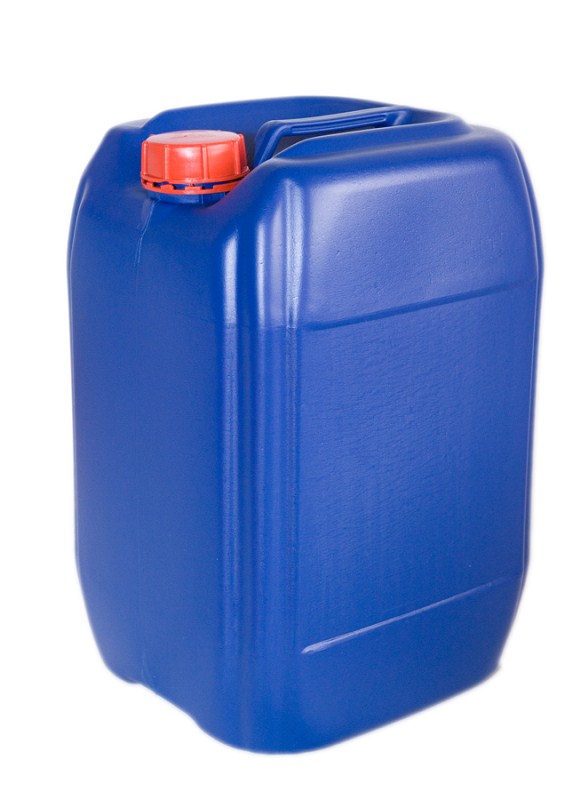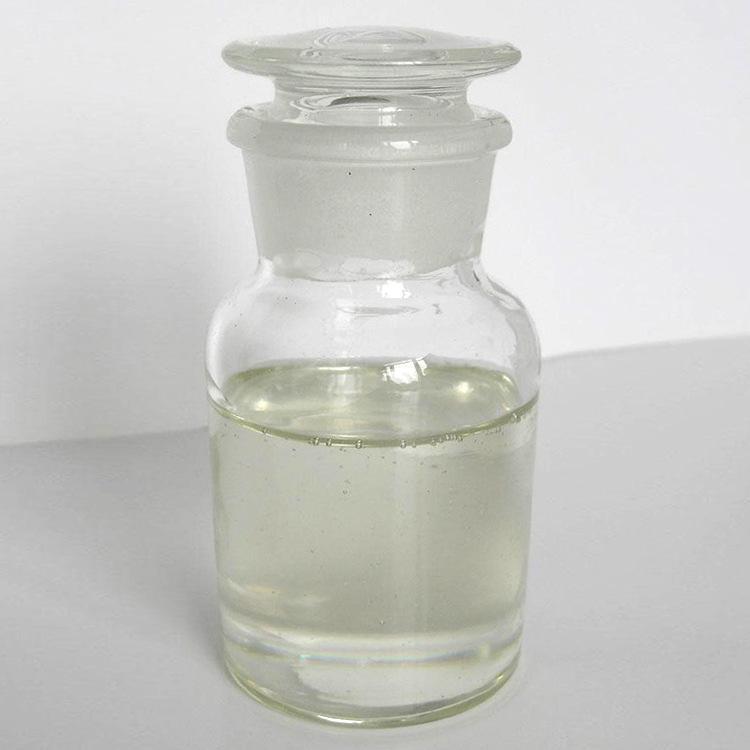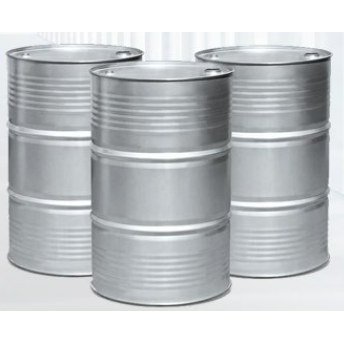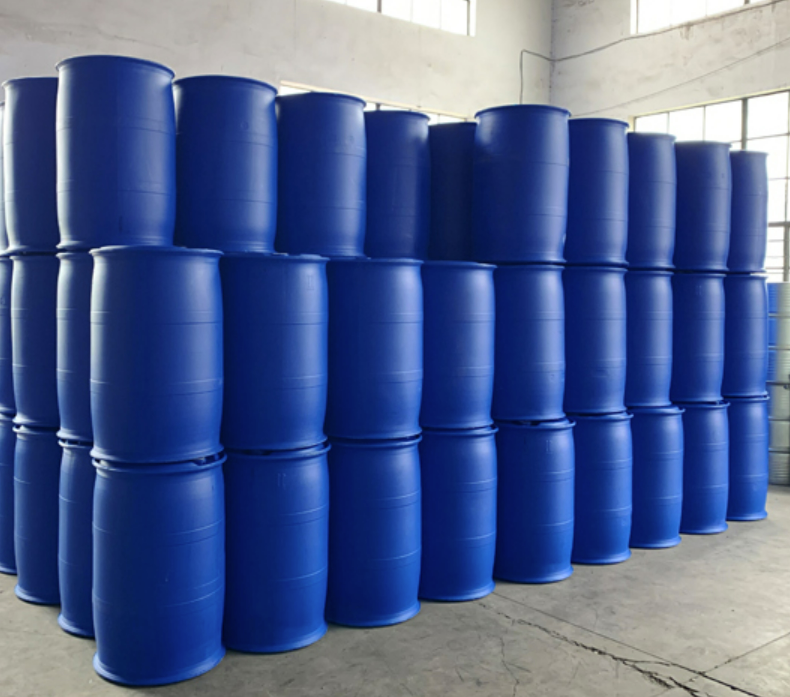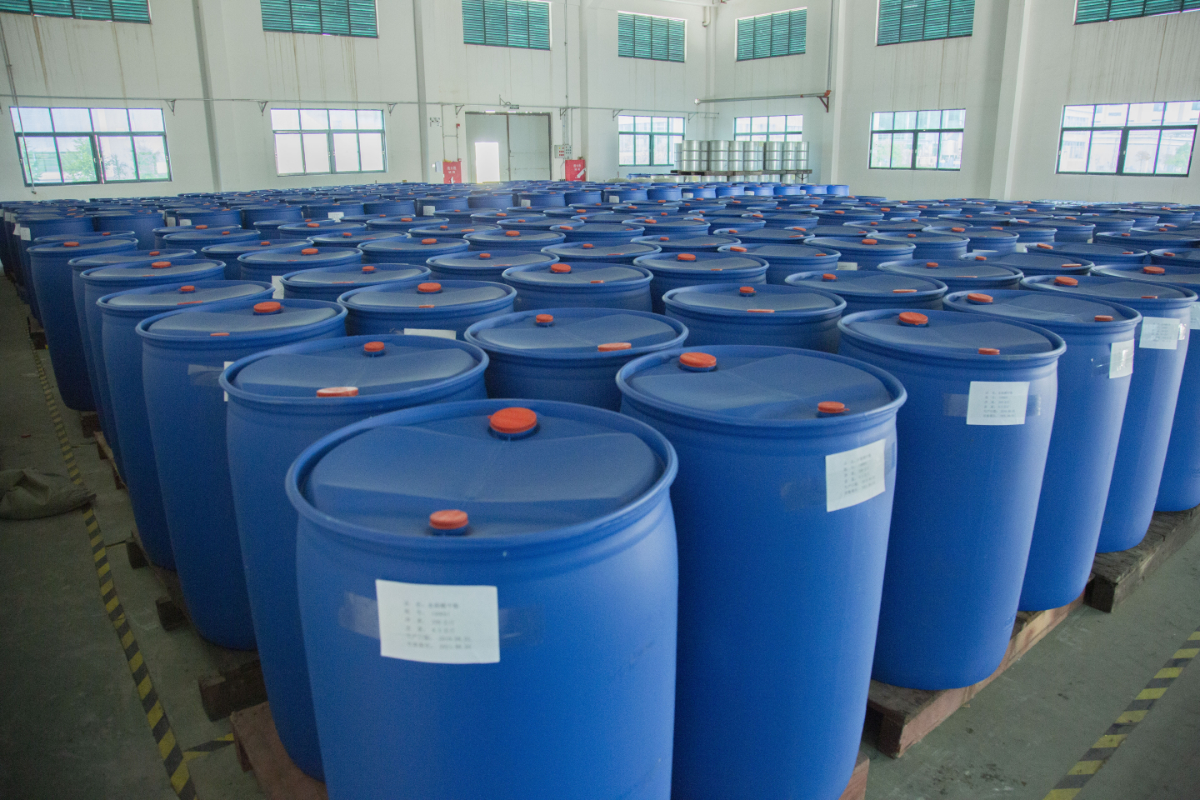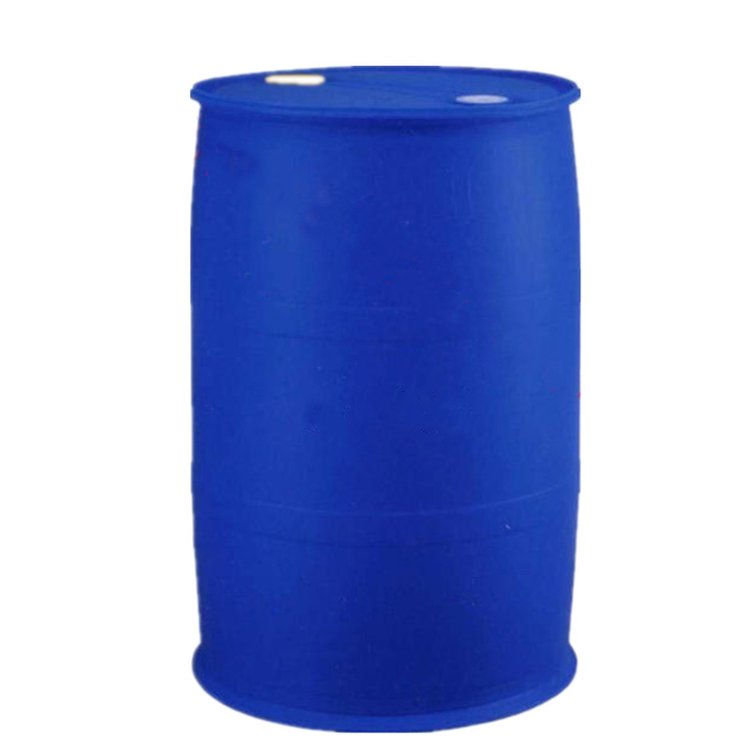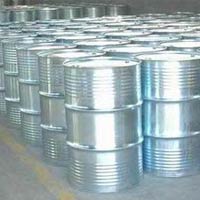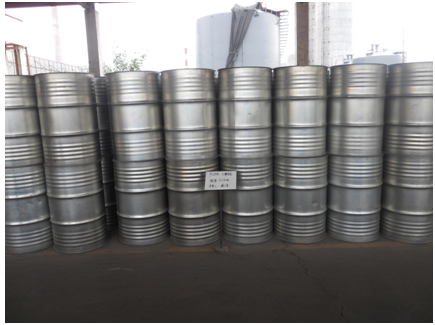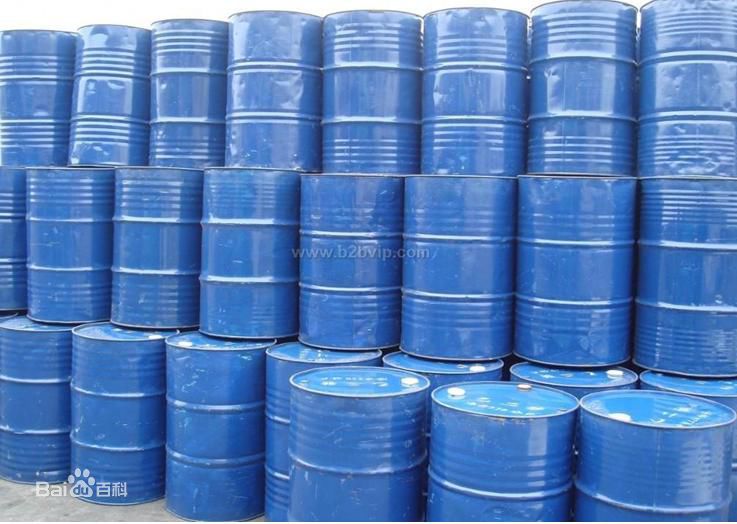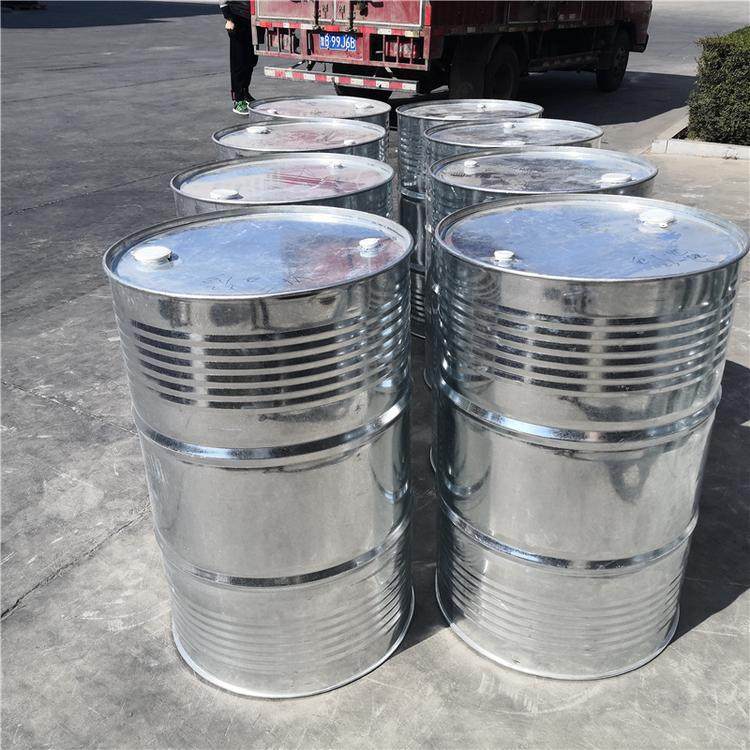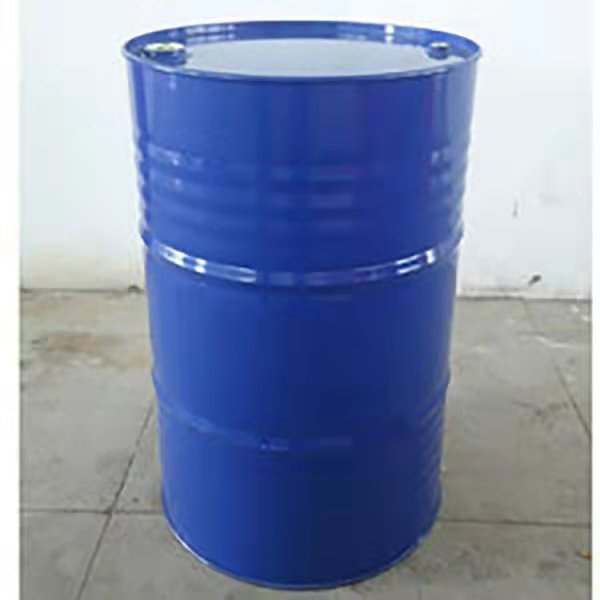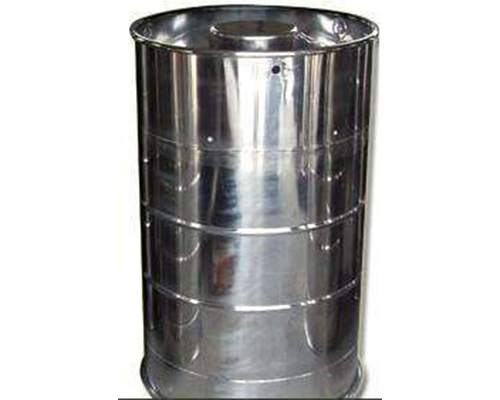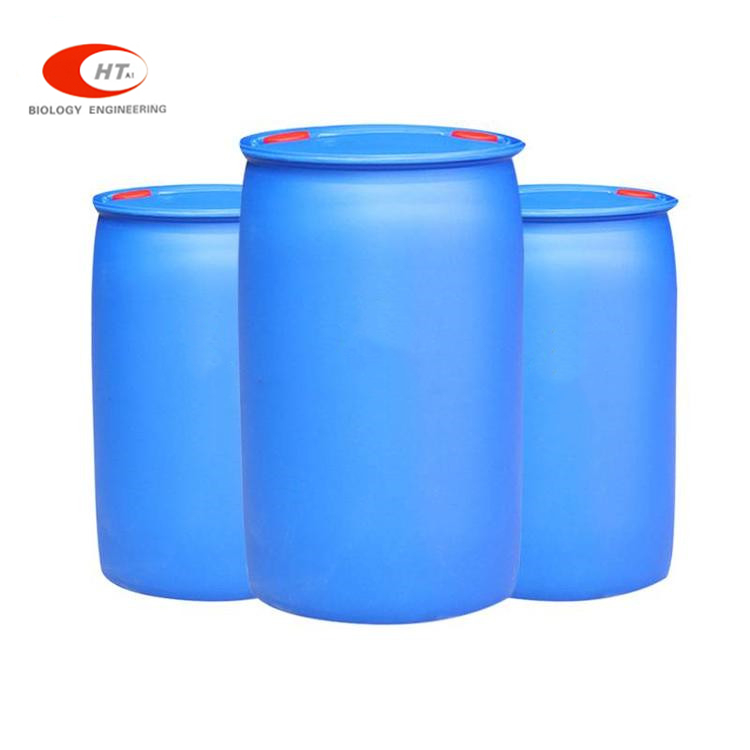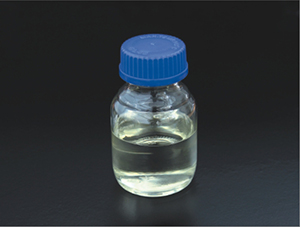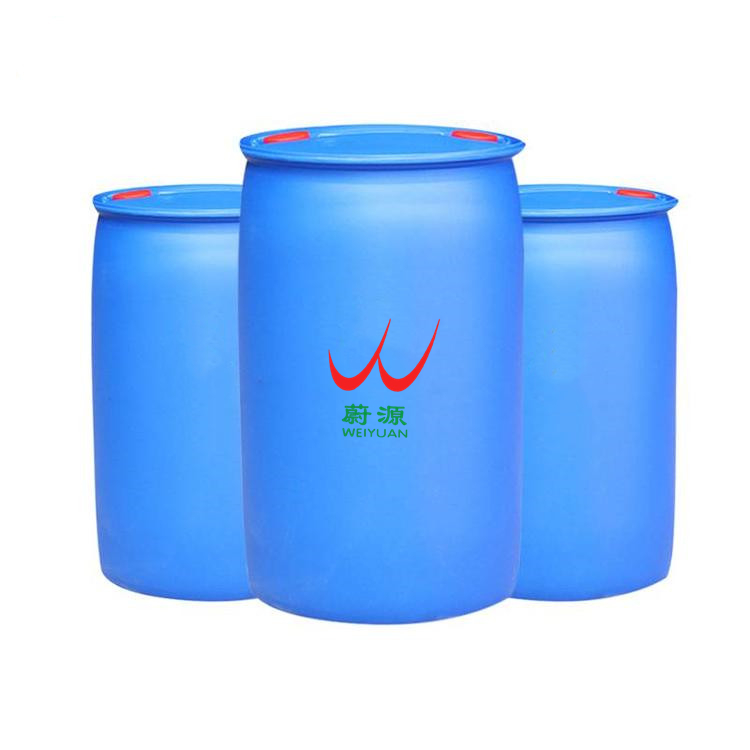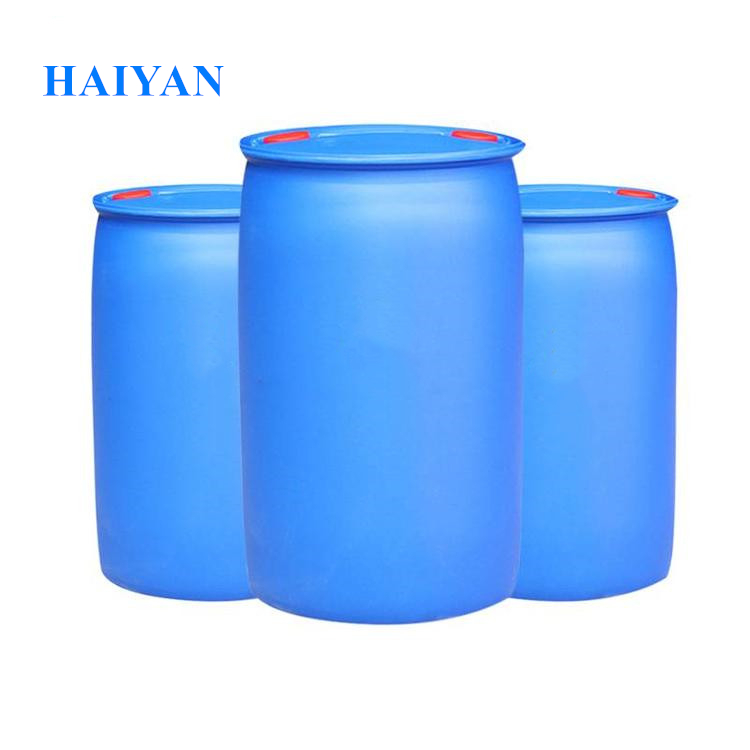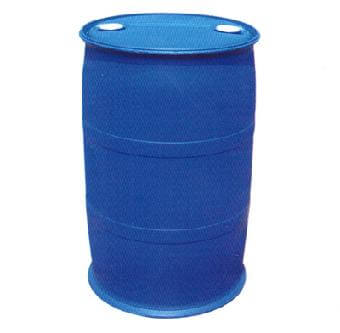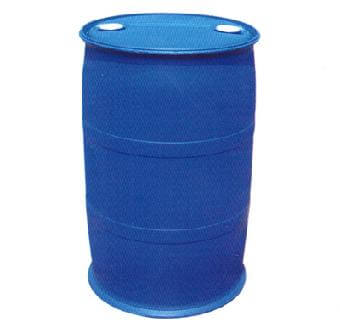Flavors and Fragrances
Find
972
related chemicals for youAlias
More Information
Glycerin; Glycerin Gel Loading Dye; Loading Buffer Glycerol; 1,2,3-Propeatriol; 1,2,3-Trihydroxyopropane; Crude Glycerol; Propane-1,2,3-Triol; Glycerine; Glycerin usp; Glycerine Chemical; глицерин; Glycerina; Glycerol USA
Brief Introduction
Glycerol is an important basic organic raw material, which is widely used in industry, medicine and daily life. At present, there are about 1700 kinds of uses, mainly used in medicine, cosmetics, alkyd resin, tobacco, food, drinking acid resin, cellulol and explosives, textile printing and dyeing, etc.
Suppliers
View More Vendors (10) >
CAS:79-31-2
Molecular Formula:C4H8O2
Alias
More Information
2-Methyl Propionic Acid; _|_; Alpha Isobutyric Acid; Isobutanoic Acid; Iso Butyric Acid
Brief Introduction
Isobutyric acid is a branched fatty acid comprising propanoic acid carrying a methyl branch at C-2. It has a role as a volatile oil component, a plant metabolite and a Daphnia magna metabolite. It is a branched-chain saturated fatty acid, a methyl-branched fatty acid and a fatty acid 4:0. It is a conjugate acid of an isobutyrate.
Suppliers
View More Vendors (8) >
CAS:119-36-8
Molecular Formula:C8H8O3
Alias
More Information
2-Hydroxy-Benzoicacimethylester; Wintergreen Oil; Benzoic acid,2-Hydroxy-Methyl Ester Methyl Salicylate; Methyl o-Hydroxybenzoate
Brief Introduction
Methyl salicylate (oil of wintergreen or wintergreen oil) is an organic ester naturally produced by many species of plants, particularly wintergreens. The compound was first extracted and isolated from plant species Gaultheria procumbens in 1843. It can be manufactured synthetically and it used as a fragrance, in foods, beverages, and liniments. It forms a colorless to yellow or reddish liquid and exhibits a characteristic odor and taste of wintergreen. For acute joint and muscular pain, methyl salicylate is used as a rubefacient and analgesic in deep heating liniments. It is used as a flavoring agent in chewing gums and mints in small concentrations and added as antiseptic in mouthwash solutions.
Suppliers
View More Vendors (8) >
CAS:616-38-6
Molecular Formula:C3H6O3
Alias
More Information
Dmc; Dimethoxymethylal; Carbonic Acid Dimethyl Ester
Brief Introduction
The molecular structure of dimethyl carbonate contains carbonyl, methyl, methoxy and carbonylmethoxy, so it can be widely used in organic synthesis reactions such as carbonylation, methylation, methoxylation and carbonylmethylation, so it has a very wide range of applications, mainly used as carbonylation and methylation reagents, gasoline additives, raw materials for the synthesis of polycarbonate (PC), etc. 1. A new type of low toxic solvent can replace toluene, xylene, ethyl acetate, butyl acetate, acetone or butanone in the paint and adhesive industry, which is an environmental friendly green chemical product. 2. Good methylating agent, carbonylating agent, hydroxymethylating agent and methoxylating agent. It is a kind of chemical material with wide application. 3. Phosgene, dimethyl sulfate, methyl chloroformate and other potent drugs are ideal substitutes. 4. Synthesis of polycarbonate, diphenyl carbonate, isocyanate, etc. 5. In medicine, it is used to synthesize anti infective drugs, antipyretic and analgesic drugs, vitamin drugs and central nervous system drugs. 6. Pesticides are mainly used in the production of methyl isocyanate, and then some carbamate drugs and insecticides (anisole). 7. Gasoline additives, lithium battery electrolyte, etc.
Suppliers
View More Vendors (7) >
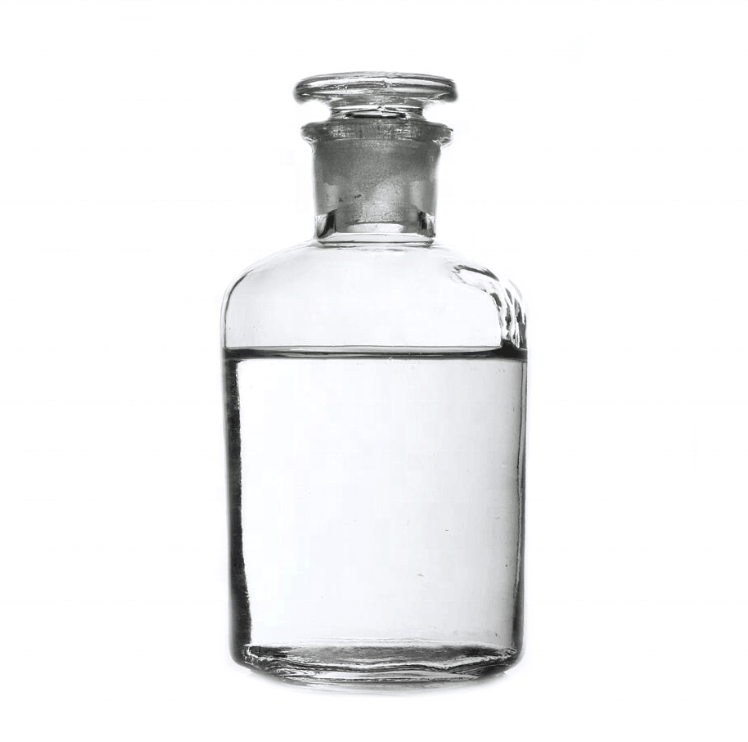
≥99.90%
/
Tech Grade
24000kg
/
ISO Tank
CAS:124-07-2
Molecular Formula:C8H16O2
Alias
More Information
Octylic Acid; Caprylic Acid; N-Octanoic Acid; Octocapric Acid; Heptane-7-Carboxylic Acid
Brief Introduction
This product can be used as edible flavor, for the synthesis of dyes, spices and medicine, and for the preparation of pesticides, fungicides, plasticizers, etc.
Suppliers
View More Vendors (7) >
Inquiry (
10
/ 10
)
Clear All
You can inquire for up to 10 products at a time
Sign In
Error!

